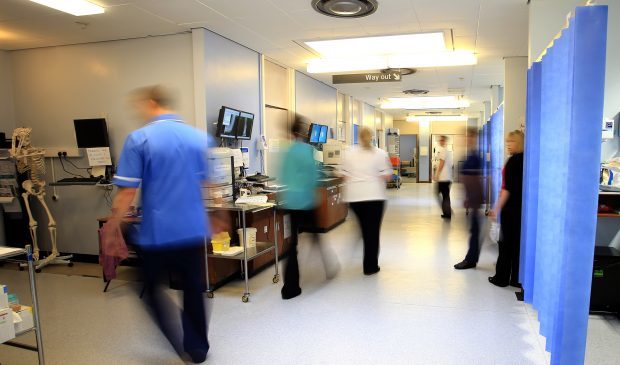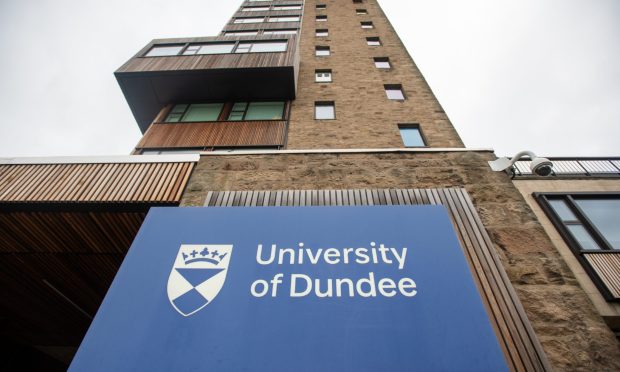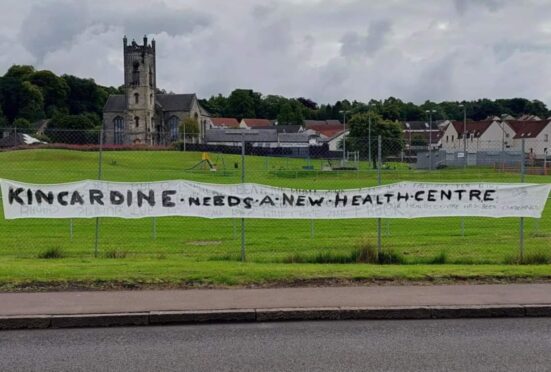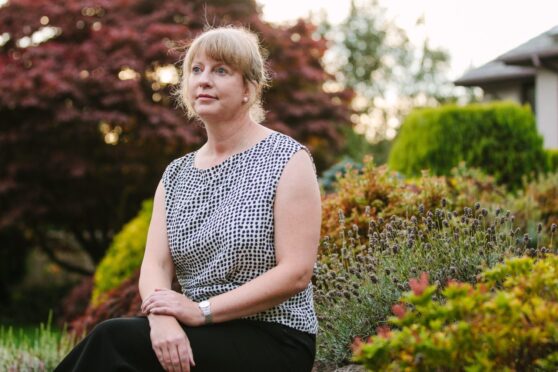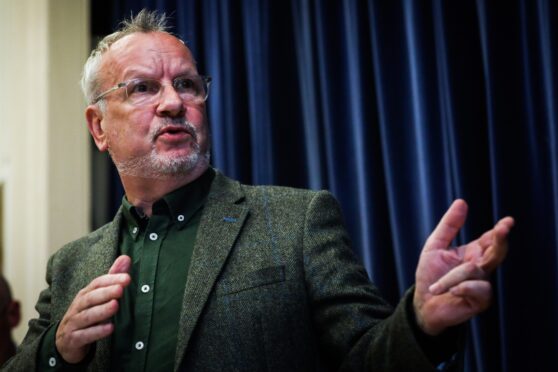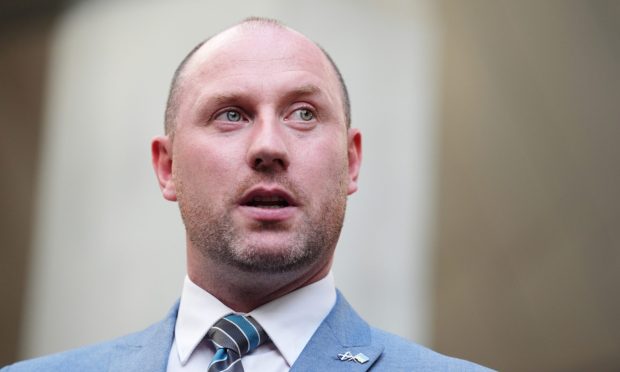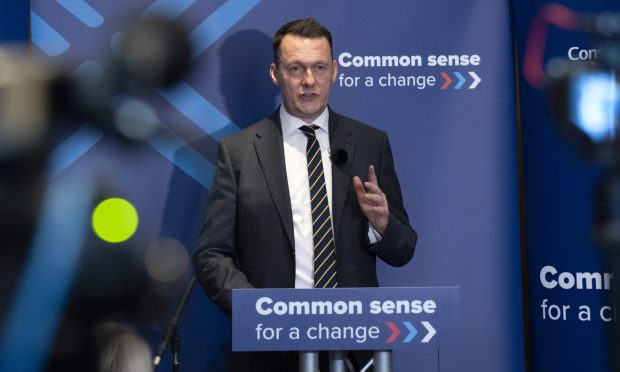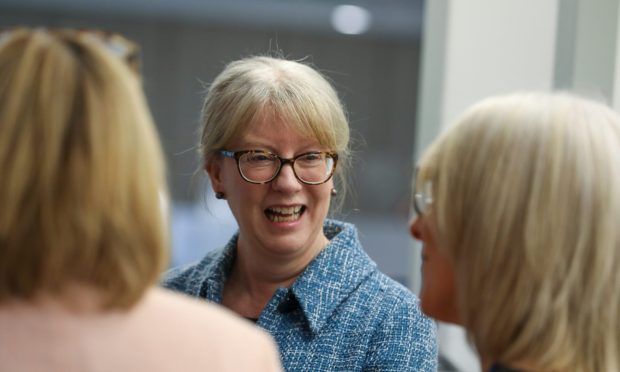Thousands of patients in Tayside and Fife waited too long to be treated for problems such as back pain, according to new figures.
The region’s health boards fell well short of the legal requirement that the vast majority of patients wait no longer than a month for their first appointment.
Only 38.6% of Tayside patients needing care such as physiotherapy were seen within four weeks, compared with 40.3% in Fife and 54.8% nationally.
The Scottish Government target is for 90% with musculoskeletal issues to be seen within that period.
A total of 5,504 people were waiting too long in Courier Country in figures covering April and June this year.
Miles Briggs, the Scottish Conservative shadow health secretary, said: “These are patients who are often in a great deal of pain, and shouldn’t be expected to wait longer than a month for an appointment.”
Scottish Labour’s Anas Sarwar said: “These figures are the sad result of a decade of SNP mismanagement of our health service.”
An NHS Tayside spokeswoman said they have experienced “higher than average turnover of staff in the first six months of the year”, which has had an impact on waiting times.
She added: “Those with urgent MSK conditions continue to be seen within the four week standard.”
A Scottish Government spokesman said they have set a new, more ambitious target of four weeks.
“These figures show the percentage of patients seen within four weeks has increased since 2015,” he added.
“The majority of patients are currently seen within four weeks and more than two thirds are seen within eight weeks.
“We will continue to work with all of our partners to reduce waiting times further.”
